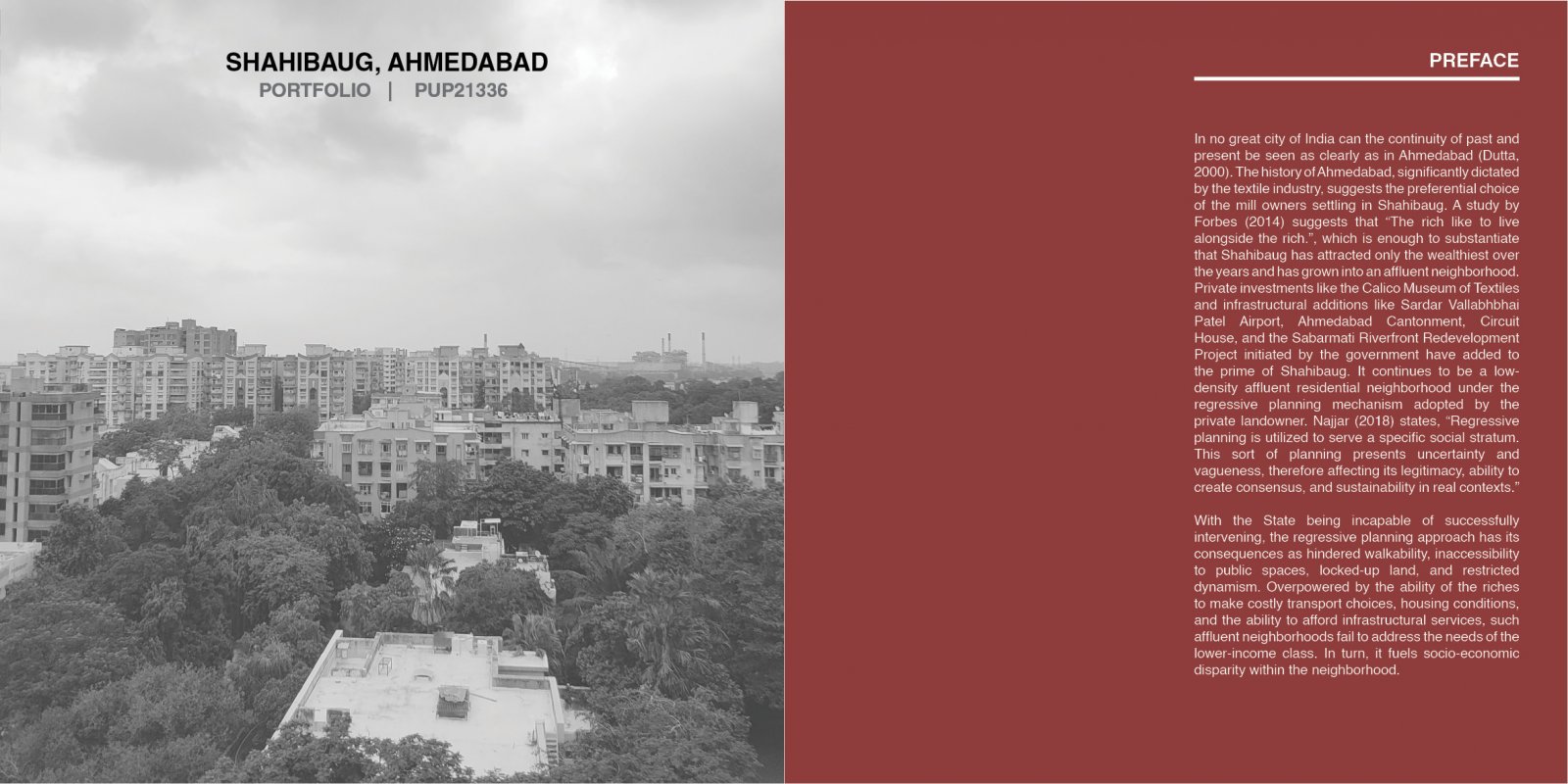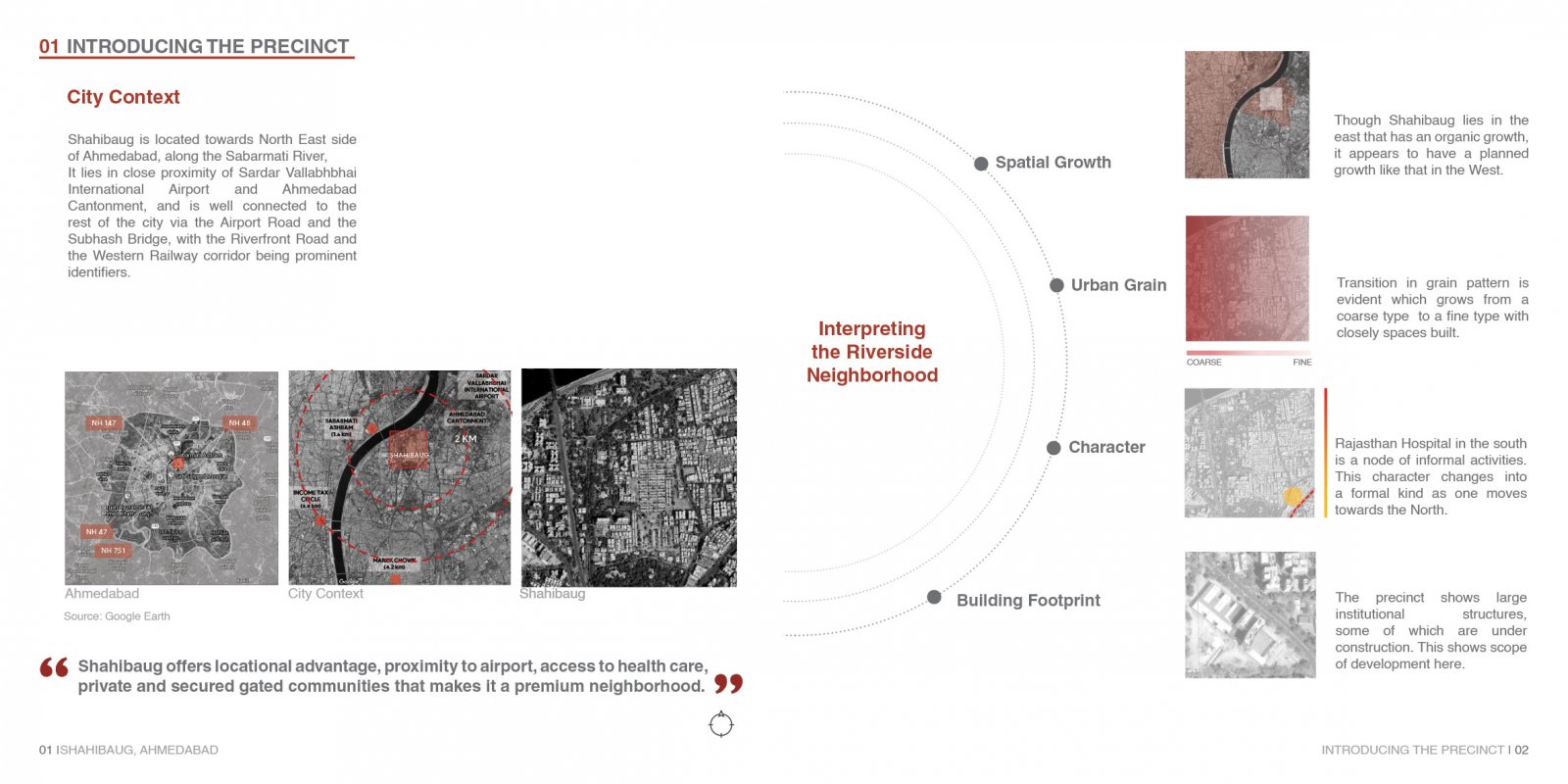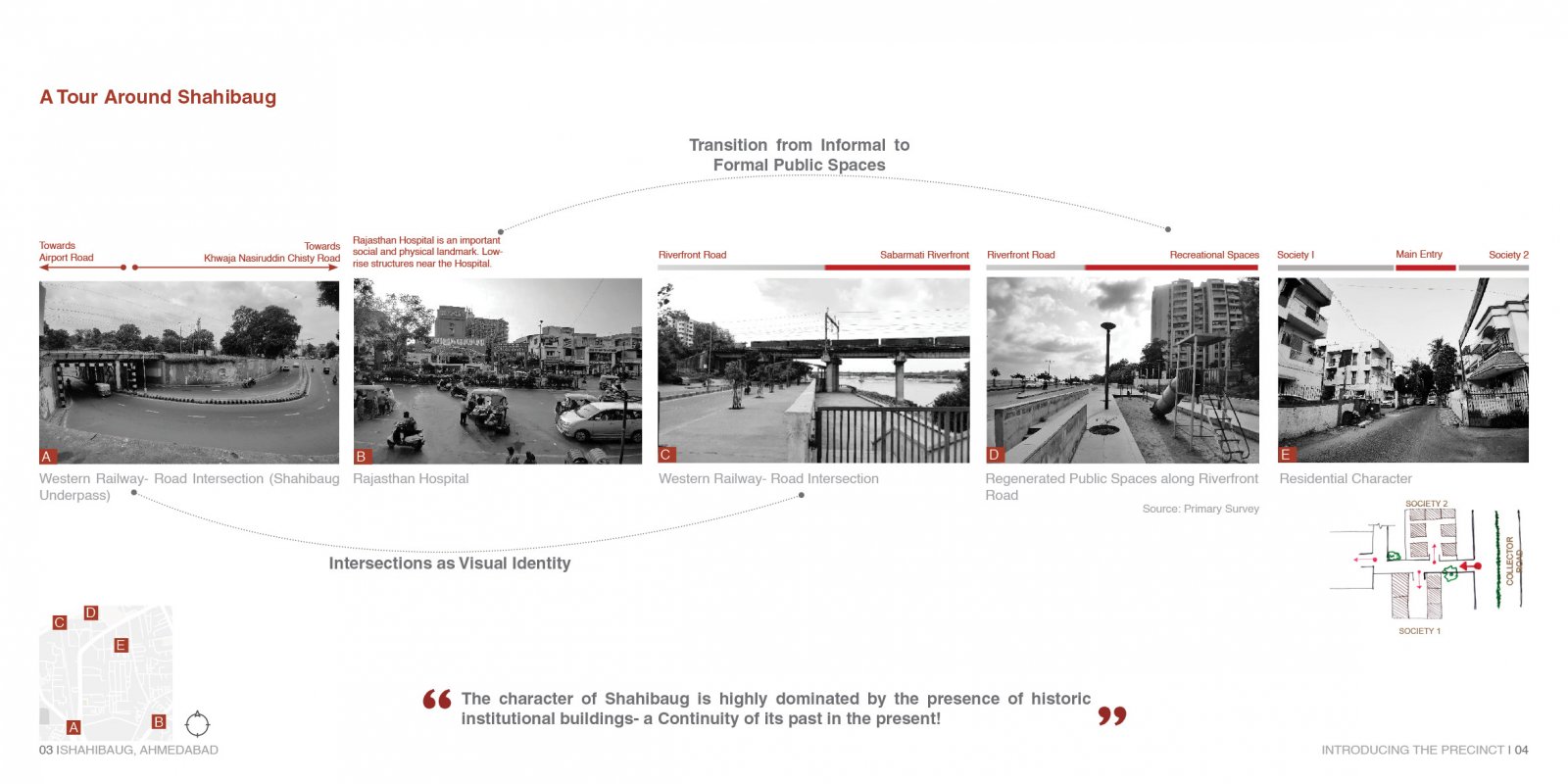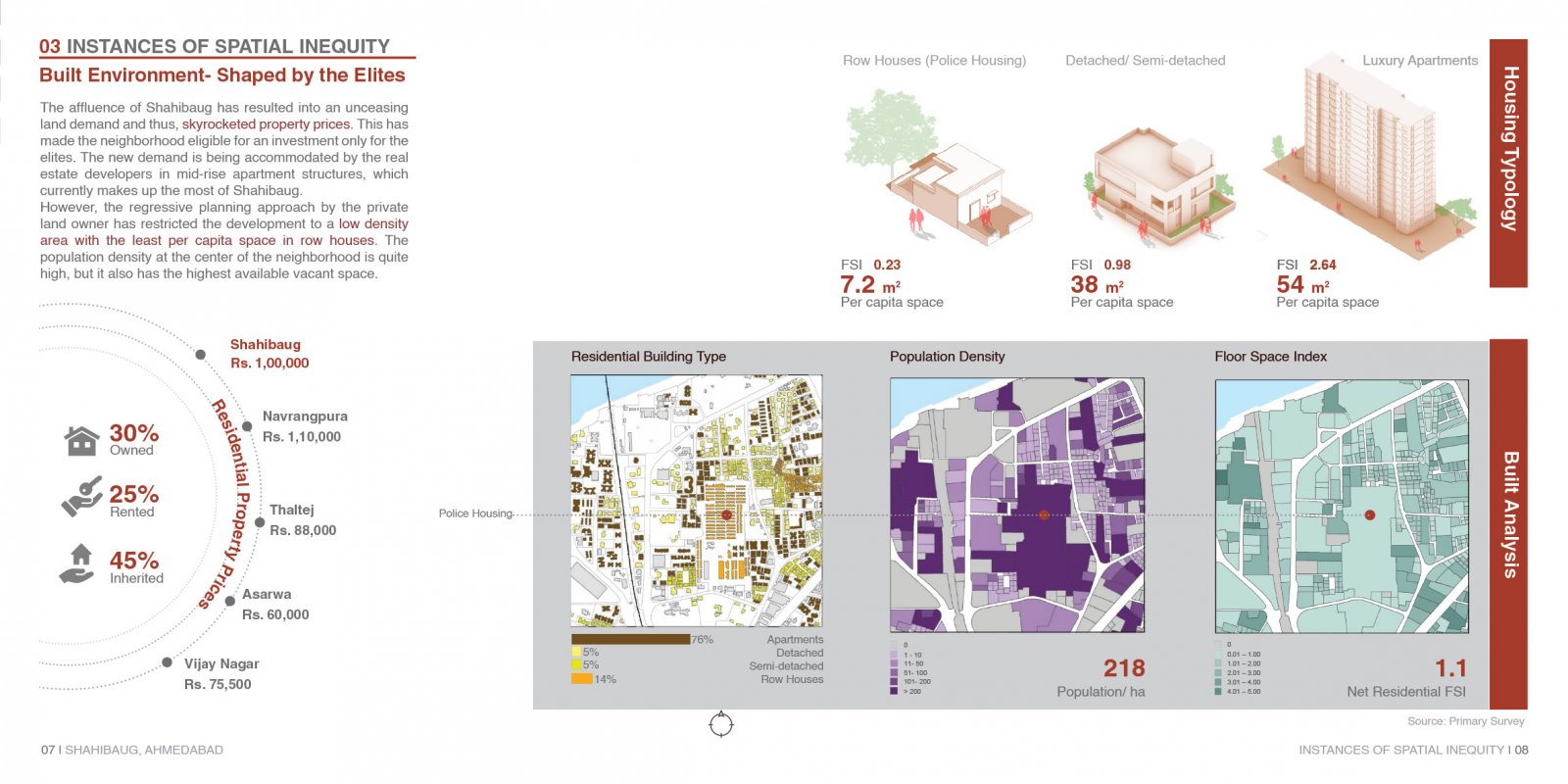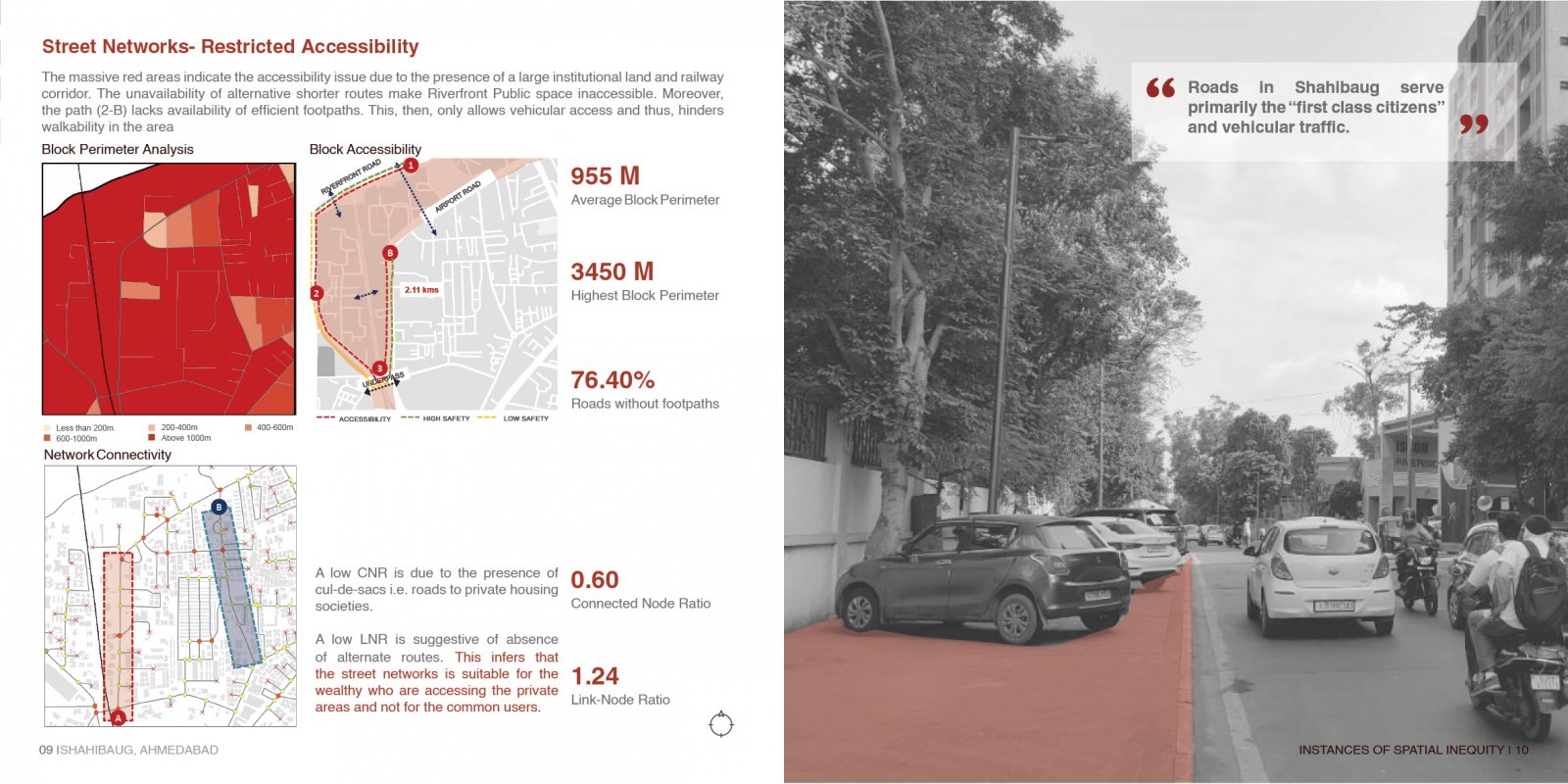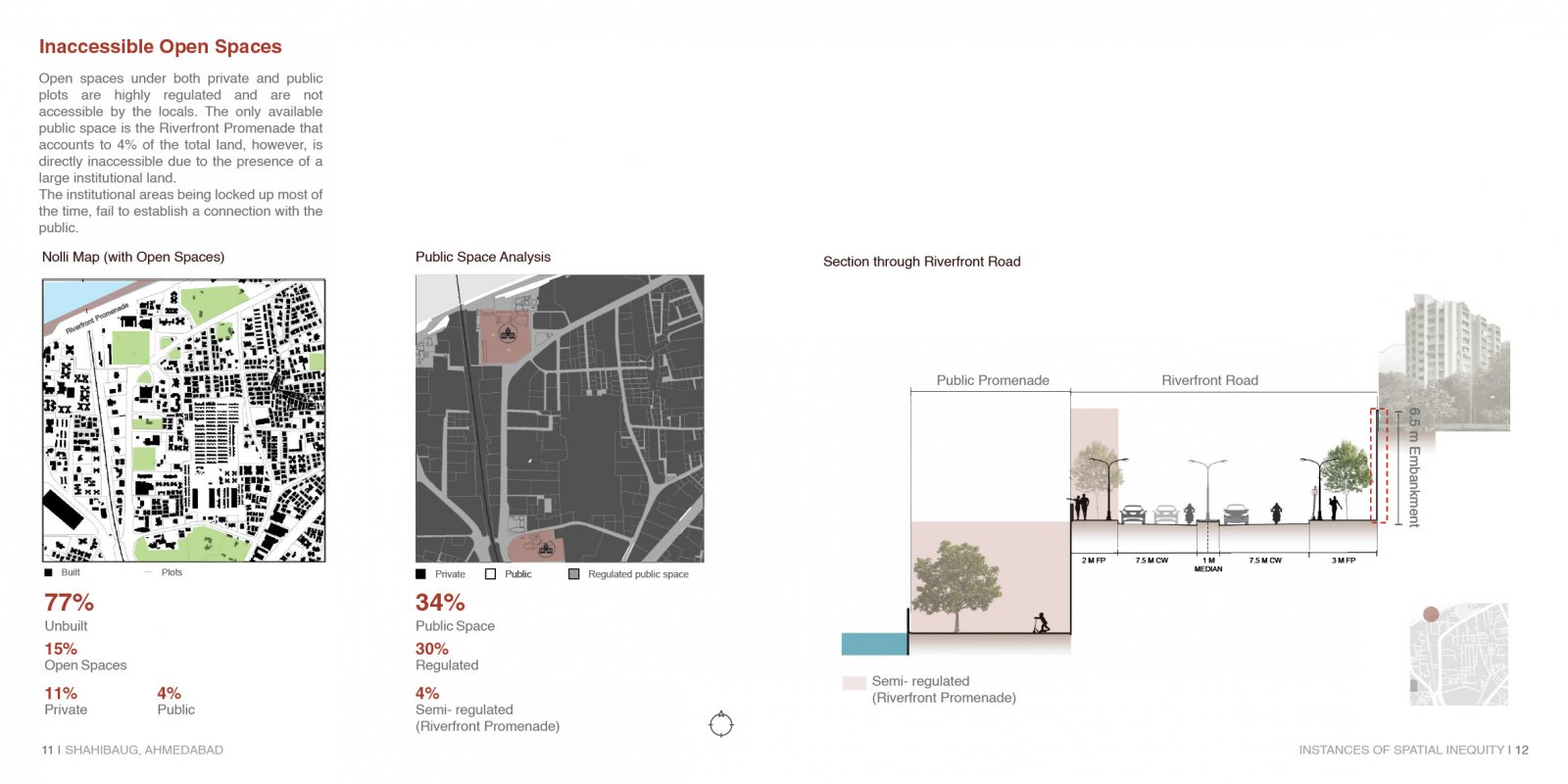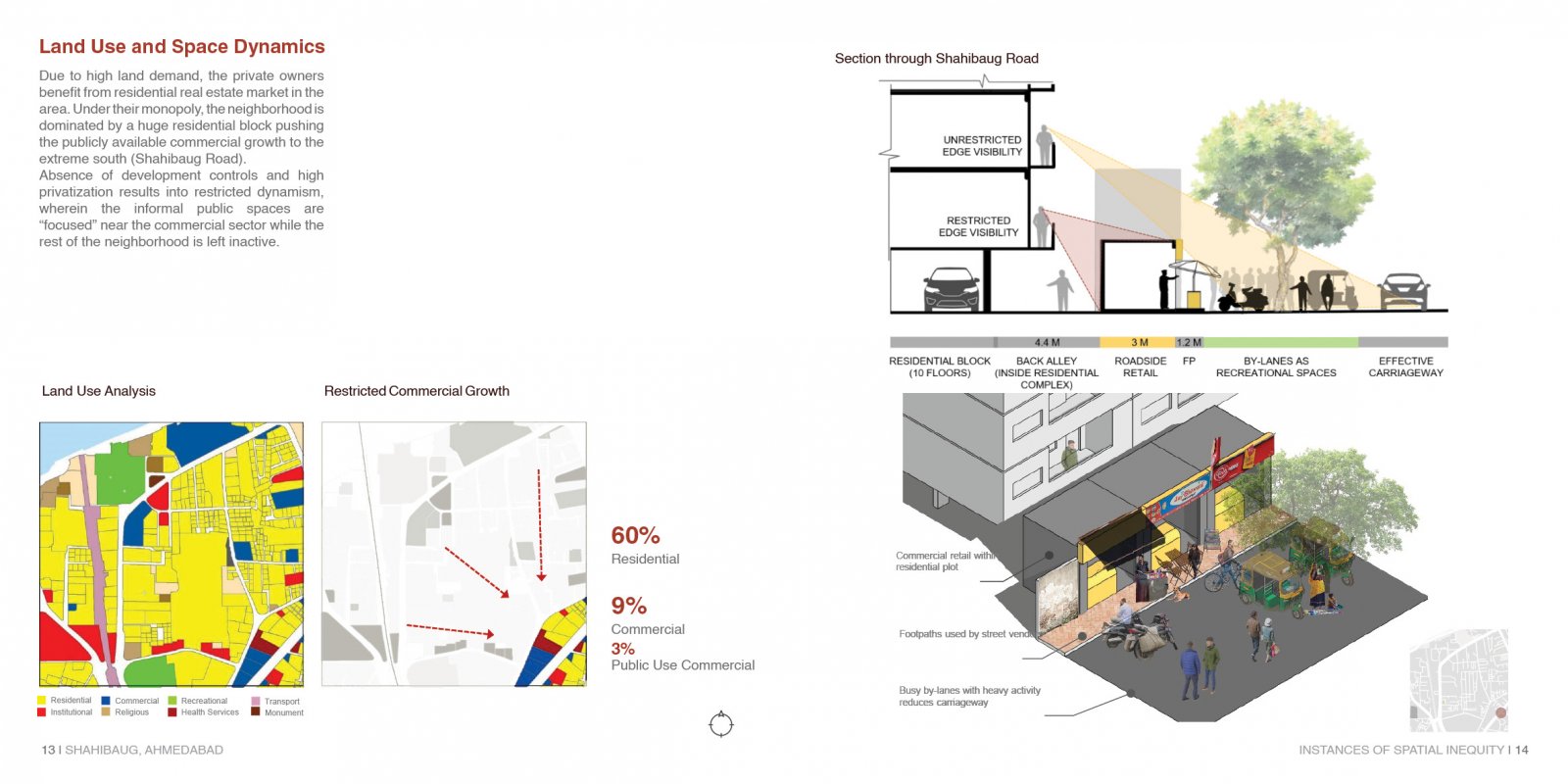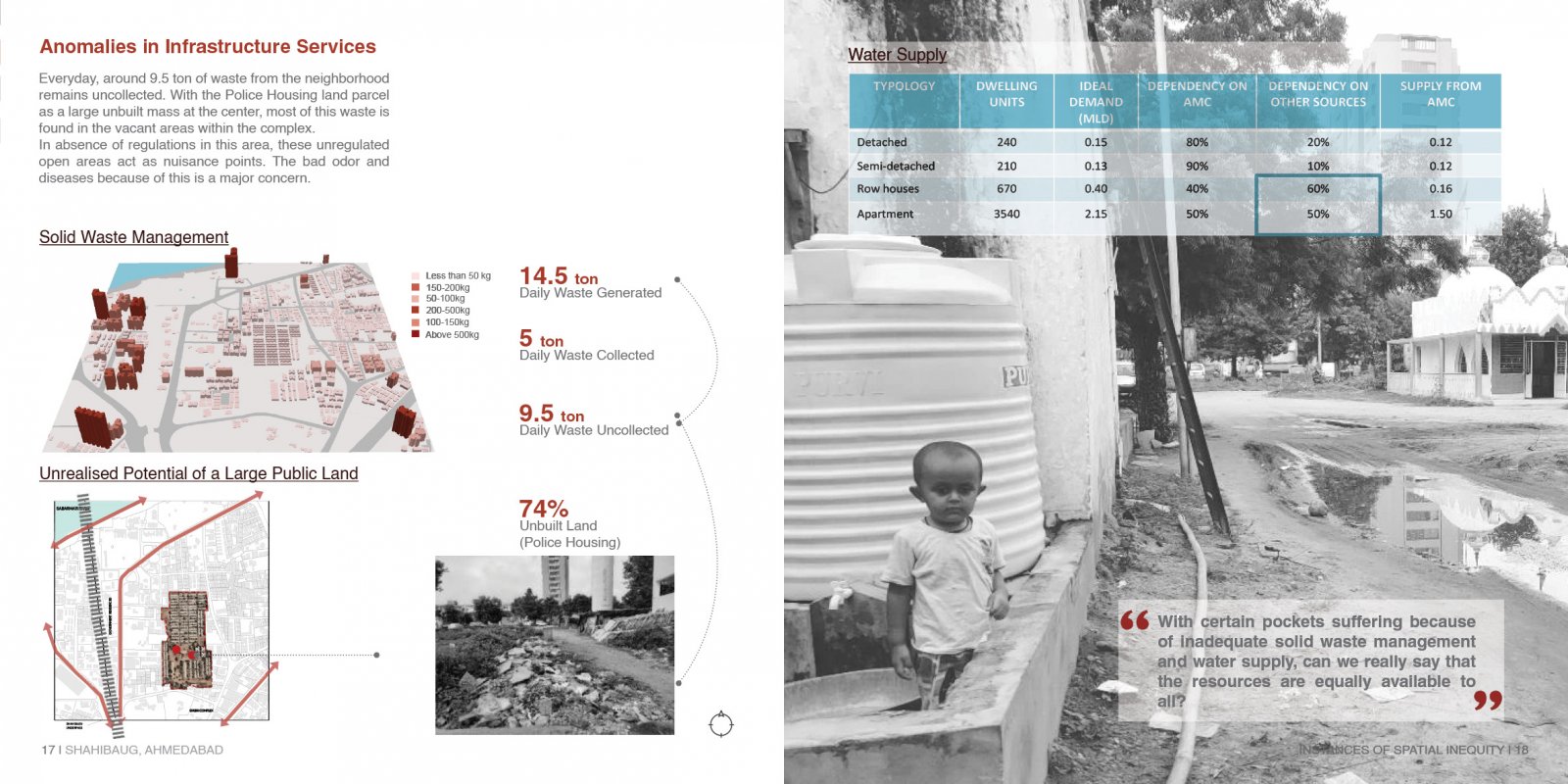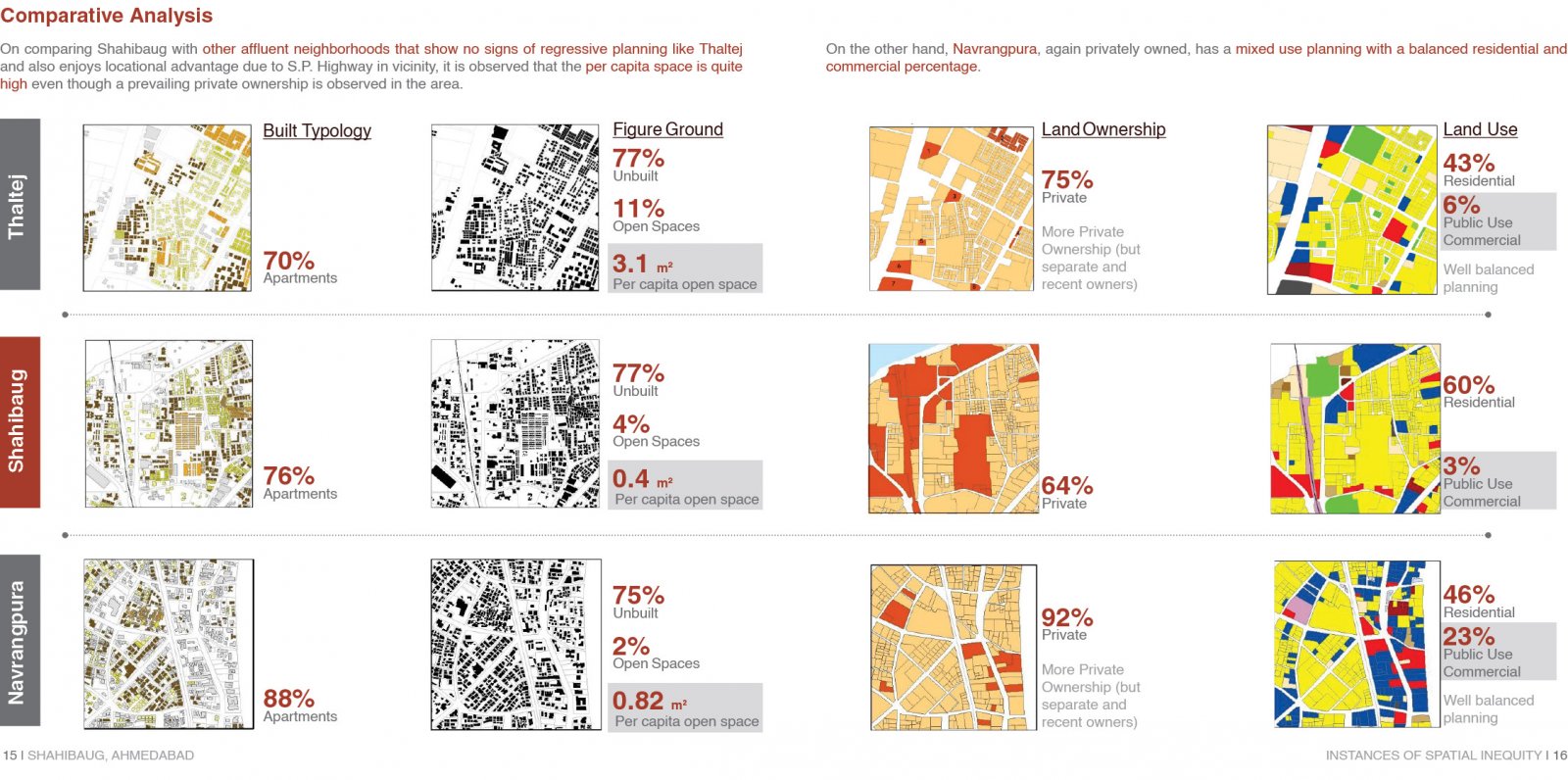Your browser is out-of-date!
For a richer surfing experience on our website, please update your browser. Update my browser now!
For a richer surfing experience on our website, please update your browser. Update my browser now!
The history of Ahmedabad suggests a preferential choice of the mill owners settling in Shahibaug. Over the years, Shahibaug has attracted the wealthiest. Even after an unceasing demand, it continues to be a low-density affluent residential neighborhood under the regressive planning mechanism adopted by a single landowner. A study of one square kilometer of the residential neighborhood of Shahibaug suggests how such a regressive mechanism leads to inaccessibility to public spaces, locked-up land, and restricted dynamism. Such affluent neighborhoods fail to address the needs of the lower-income class.
